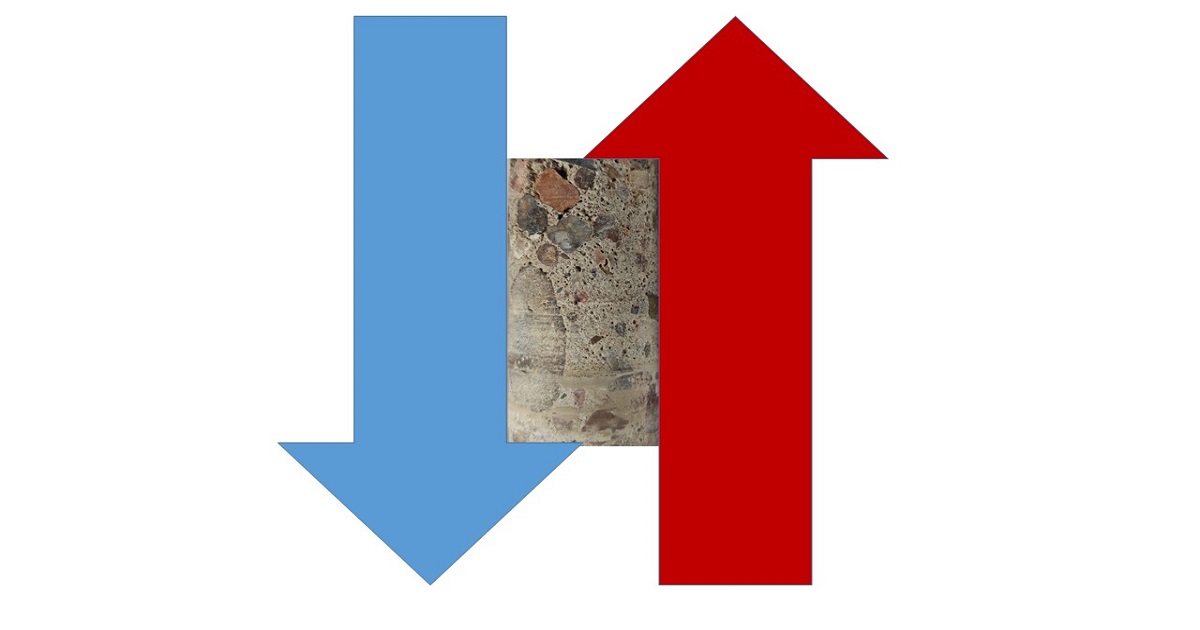Geothermal Energy Technology and Current Status
Topic Information
Dear Colleagues,
Geothermal energy is a renewable and clean energy resource, which plays a vital role in the sustainable development of energy production. In recent decades, significant advancements have been made in the geothermal investigation and resources assessment. On the other hand, geothermal technology has been rapidly developed, especially with increase in the numbers of ground-source-heat-pump (GSHP) installation. This allows us to understand the geothermal potential properly, and contributes significantly to the utiliztion of geothemal energy, e.g., power generation, or space heating and cooling. It has been reported that the utlization of geothermal energy contributes greatly to the reduction of CO2 emission. However, many problems, e.g., ground thermal accumulaion and improper sized systems, were encountered during the geothermal system installation, operation, and maintanence. Thus, it is important to highlight the current status of geothermal energy technology in order to better understand the recent developments in expertise related to geothermal utilization. Herein, we launch a specific topic that covers high-quality work contributing to recent achivements in the development of geothermal resources and the relevant technologies. Topics include but are not limited to:
- Ground source heat pump system;
- Borehole heat exchanger;
- Thermal response tests;
- Seasonal thermal energy storage;
- Heat transfer in subsurface;
- Hydrothermal resources;
- Hot-dry-rock;
- Enhanced geothermal system (EGS).
Prof. Dr. Jin Luo
Prof. Dr. Joachim Rohn
Dr. David Bertermann
Topic Editors
Keywords
- shallow geothermal energy
- gound source heat pump
- borehole heat exchanger
- heat transfer in subsurface
- seepage flow
- hydrothermal resources
- hot-dry-rock
- thermal response test
